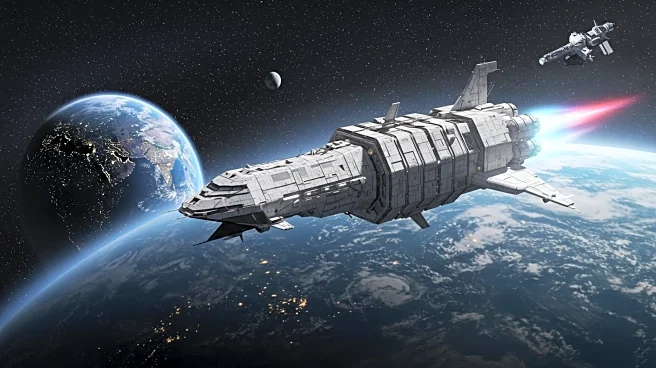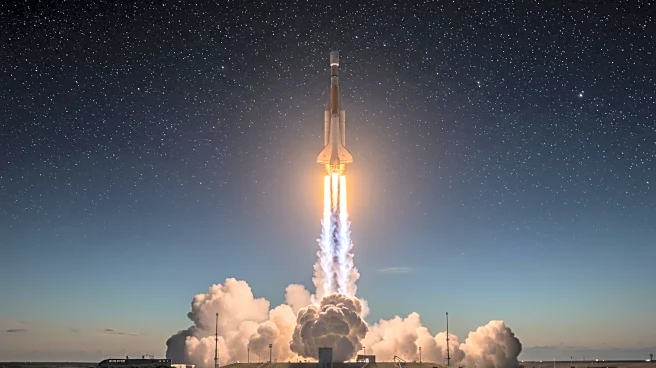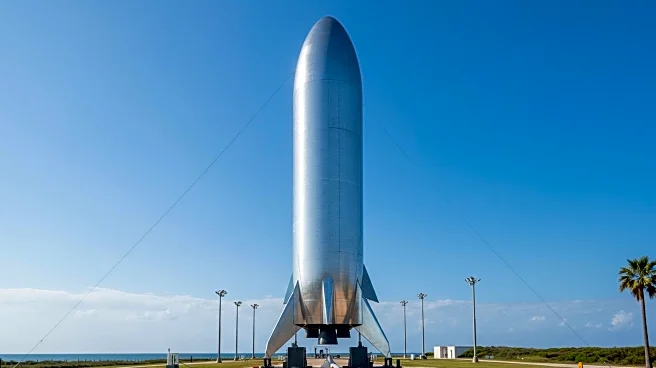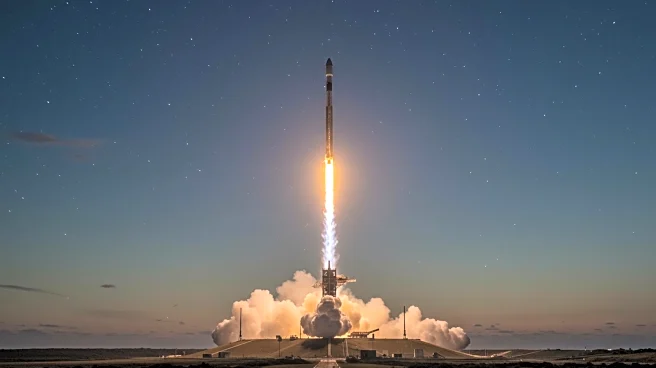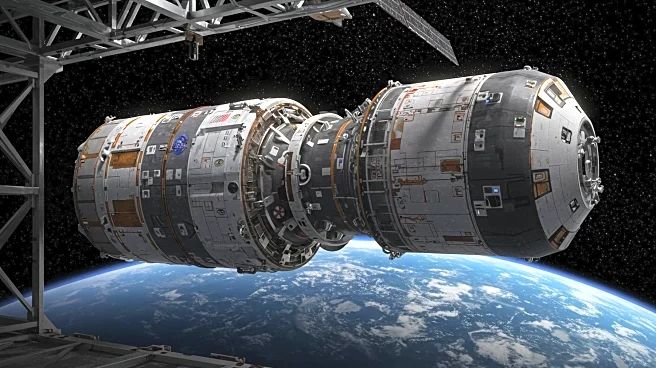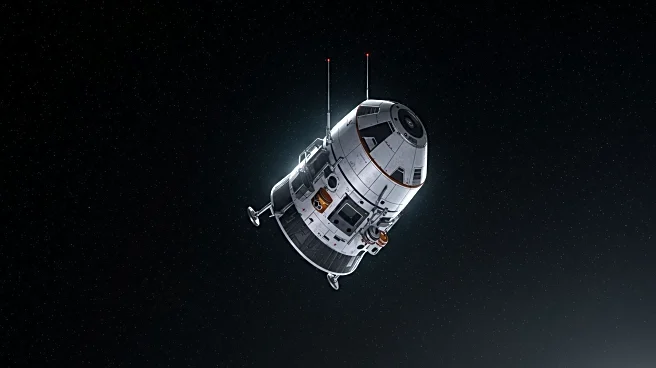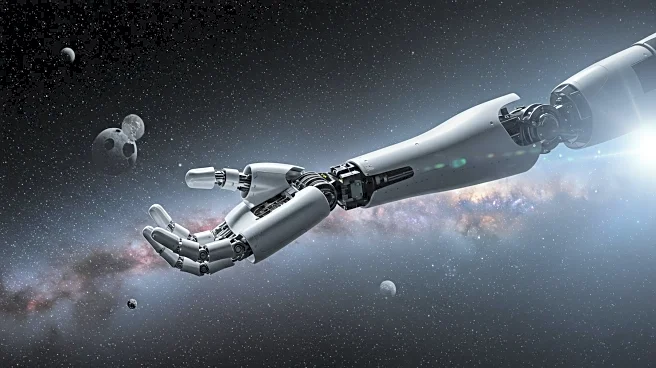What's Happening?
NASA and SpaceX are preparing to launch a Cargo Dragon spacecraft on a mission to the International Space Station (ISS) with a new propulsion system designed to boost the station's orbit. Scheduled for August 24, the mission will utilize a Falcon 9 rocket from Cape Canaveral. The Dragon's unpressurized trunk contains an independent propellant system to fuel two Draco engines, aiming to reduce reliance on Russian Progress vehicles for orbit maintenance. This mission is part of NASA's strategy to prepare for the eventual decommissioning of the ISS.
Why It's Important?
This mission marks a significant step in NASA's efforts to maintain the ISS's orbit independently, reducing dependency on Russian spacecraft. The new propulsion system could enhance the station's operational efficiency and longevity, supporting ongoing scientific research and international collaboration. The mission also represents a milestone in SpaceX's commercial resupply services, showcasing its capability to innovate and adapt to evolving space exploration needs. Successful implementation could lead to further advancements in spacecraft design and international space station operations.
What's Next?
Following the launch, the Cargo Dragon will remain docked at the ISS for approximately five months, during which it will perform a series of orbit-boosting maneuvers. The mission's success could influence future spacecraft designs and operational strategies for maintaining the ISS. NASA and SpaceX will likely evaluate the mission's outcomes to refine their approach to space station maintenance and prepare for the development of the U.S. Deorbit Vehicle, aimed at safely decommissioning the ISS in the future.
